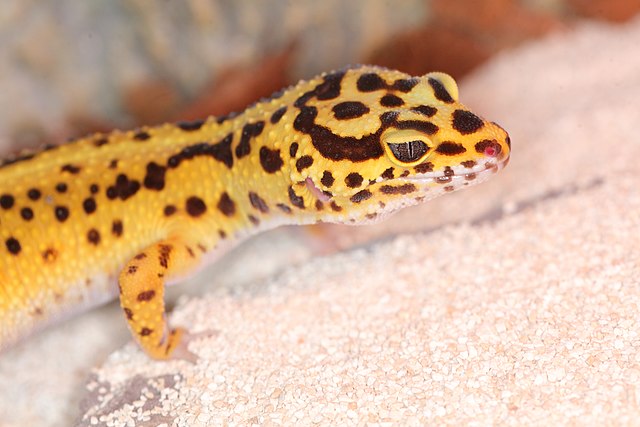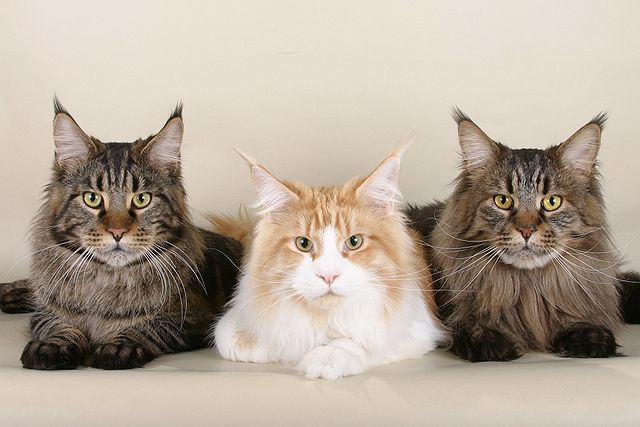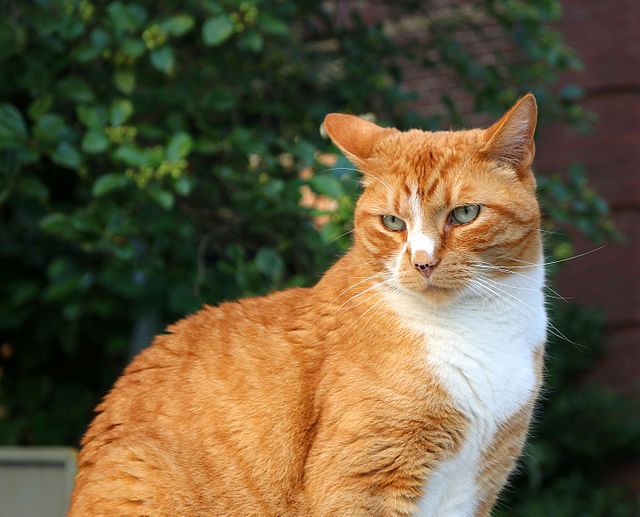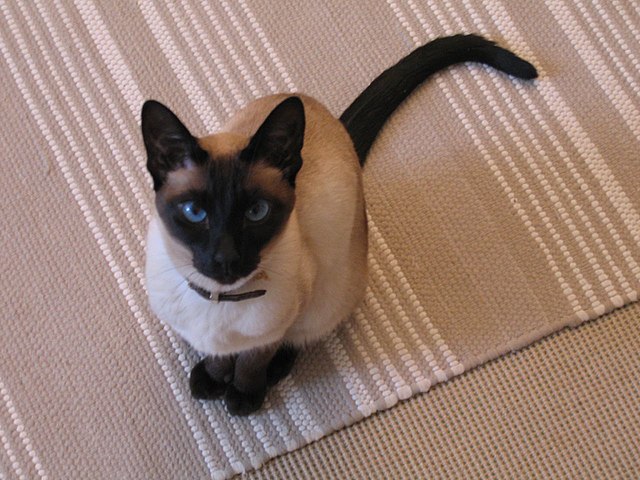Leopard geckos (Eublepharis macularius), with their distinctive spotted appearance and charming personality, have become a popular choice among reptile enthusiasts. While these fascinating creatures are relatively low-maintenance, ensuring a long and healthy leopard gecko lifespan requires attention to detail. In this comprehensive guide, we will delve into various aspects of leopard gecko care to help you maximize their lifespan and enjoy years of companionship.
What Is the Average Leopard Gecko Lifespan?
Before we dive into the details of leopard gecko care, let’s address the fundamental question: What is the average lifespan of a leopard gecko? On average, when provided with proper care, leopard geckos can live for 15 to 20 years. However, some individuals have been known to reach even older ages, surpassing the two-decade mark.
Factors Affecting Leopard Gecko Lifespan
Leopard geckos, like all living creatures, are influenced by a combination of internal and external factors that impact their overall health and longevity. Here’s an in-depth look at these crucial factors:
Genetics
Genetics play a significant role in determining a leopard gecko’s lifespan. Some individuals may inherit predispositions to certain health conditions or have stronger immune systems than others. While you can’t control their genetics, being aware of their lineage and any hereditary health issues can help you take proactive measures.
Dietary Habits
Nutrition is a cornerstone of leopard gecko care. The quality and variety of their diet directly impact their health and lifespan. Leopard geckos are insectivores, and their diet should primarily consist of appropriately-sized insects. Providing a well-rounded diet ensures they receive essential nutrients like calcium and vitamins.
Consistently feeding them a diet lacking in these nutrients can lead to severe health problems, such as metabolic bone disease, which can significantly shorten their lifespan.
Environmental Factors
The conditions within their enclosure have a profound impact on a leopard gecko’s well-being. Temperature, humidity, and lighting are critical. Incorrect temperature levels can hinder digestion, weaken their immune system, and even lead to respiratory problems.
Maintaining the right humidity level is essential for shedding and preventing skin issues. Adequate UVB lighting is necessary to metabolize calcium, which is vital for their bone health.
Stress Levels
Leopard geckos are sensitive creatures, and chronic stress can take a toll on their health and longevity. Stressors can include excessive handling, loud noises, sudden changes in their environment, or the presence of aggressive tank mates if kept in a communal setting. High-stress levels can lead to a weakened immune system and digestive issues, ultimately affecting their lifespan.
Hydration
Proper hydration is often overlooked but is critical for leopard geckos. Dehydration can lead to numerous health problems, including kidney issues and difficulty shedding. Always provide access to clean, shallow water, and consider periodic misting to maintain adequate humidity levels.
Healthcare and Regular Check-ups
Regular veterinary care is essential to address health issues early on. Leopard geckos are skilled at masking signs of illness, so a professional can spot problems that you might miss. Failing to seek timely medical attention can result in conditions that, if left untreated, can significantly reduce their lifespan.
Breeding
Breeding leopard geckos requires careful consideration. If done haphazardly, it can lead to health problems and stress for the animals involved. Breeding should only be undertaken by experienced individuals who understand the process and have the resources to care for the offspring properly.
Understanding these factors and taking proactive steps to address them will help you ensure a long and healthy life for your leopard gecko. By providing the right environment, nutrition, and care, you can enjoy the companionship of these fascinating reptiles for many years to come.
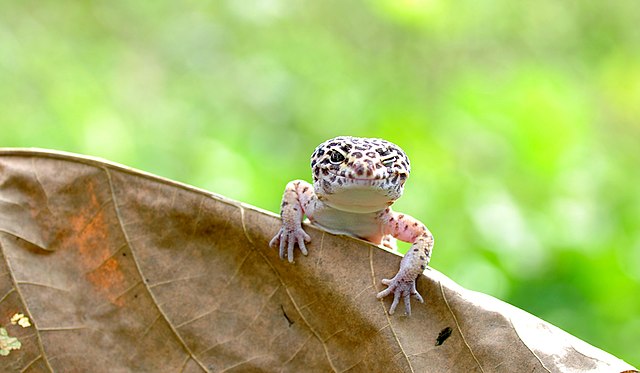
Creating the Ideal Leopard Gecko Habitat
The leopard gecko’s habitat, also known as a terrarium or vivarium, plays a crucial role in their overall well-being. When designed thoughtfully, it can mimic their natural environment and provide them with a safe and comfortable home. Here are key components to consider when creating the ideal leopard gecko habitat:
Enclosure Size and Type
Select an enclosure that suits the size and number of leopard geckos you plan to keep. A 20-gallon long tank is suitable for one or two geckos. If you intend to house more geckos, consider a larger enclosure. A glass tank with a secure lid is an excellent choice, as it provides visibility and helps maintain proper temperature and humidity levels.
Substrate
Choosing the right substrate is critical. Leopard geckos are burrowing reptiles by nature, so select a substrate that allows them to exhibit this behavior. Coconut coir, reptile carpet, or paper towels are suitable options. Avoid using sand, as it can pose ingestion risks and may lead to impaction, a potentially life-threatening condition.
Temperature and Heating
Leopard geckos require a temperature gradient within their habitat. Provide a heat source on one side of the enclosure, such as an under-tank heater or ceramic heat emitter, to create a warm basking spot. This spot should reach around 90°F (32°C). The opposite side of the enclosure should be cooler, around 70-75°F (21-24°C) during the day and slightly cooler at night. Use digital thermometers to monitor these temperatures accurately.
Lighting
Leopard geckos are crepuscular, meaning they are most active during dawn and dusk. While they don’t require UVB lighting as some reptiles do, providing a low-wattage, warm-colored light source during their active hours can help regulate their day-night cycle and encourage natural behaviors.
Hiding Places
Leopard geckos are shy and require hiding spots to feel secure. Include multiple hiding places throughout the enclosure. These can be in the form of caves, hollow logs, or commercially available reptile hides. Ensure there are hiding spots on both the warm and cool sides of the enclosure.
Humidity and Hydration
Maintaining proper humidity levels is crucial, especially during shedding. Leopard geckos require a relatively dry environment but still need some humidity. Periodically misting the enclosure and providing a shallow water dish will help maintain the necessary humidity levels.
Decor and Enrichment
Enhance your gecko’s habitat with natural-looking decor and enrichment. Adding artificial plants, branches, and rocks can create a more appealing environment. These elements also provide opportunities for climbing and exploration, which can stimulate your gecko both mentally and physically.
Cleanliness and Maintenance
Like most exotic pets, you should regularly clean and maintain the enclosure to ensure a healthy living environment. Remove waste, shed skin, and uneaten food promptly. Replace the substrate as needed, and clean and disinfect the enclosure periodically to prevent the buildup of harmful bacteria.
By carefully considering and implementing these elements, you can create a habitat that closely mimics the leopard gecko’s natural environment. This, in turn, will promote their well-being, comfort, and overall health, ultimately contributing to a longer and more fulfilling life for your pet.
Proper Feeding and Nutrition
Leopard geckos are insectivores by nature, which means their diet primarily consists of insects and other small invertebrates. To ensure they receive the essential nutrients they need, it’s crucial to provide a varied and well-balanced diet. Here’s a comprehensive look at their feeding and nutritional requirements:
Insect Selection
The foundation of a leopard gecko’s diet is insects. Common choices include:
- Crickets: A staple in their diet, crickets are rich in protein and are an excellent source of nutrition. Ensure the crickets are no longer than the distance between the gecko’s eyes (prey should be appropriately sized).
- Mealworms: Another favorite, mealworms are high in protein and fat. They can be provided as part of a varied diet but should not be the sole food source due to their lower calcium content.
- Dubia Roaches: These roaches are an excellent choice, offering a balanced ratio of protein to fat and providing essential nutrients.
- Waxworms: Waxworms are a fatty treat and should be given sparingly, as overindulgence can lead to obesity.
Gut Loading and Dusting
To maximize the nutritional value of the insects, practice gut loading. Feed the insects a nutritious diet for 24-48 hours before offering them to your gecko. Gut-loading ensures that the insects are packed with vitamins and minerals that will be passed on to your pet.
In addition to gut loading, dust the insects with calcium and vitamin supplements before feeding them to your gecko. Dusting is especially important for young and growing geckos. Use a calcium supplement without phosphorus and a multivitamin supplement at recommended intervals.
Feeding Schedule
Leopard geckos have varying appetites depending on their age and health. Typically, feed adult geckos 2-3 times a week and juveniles every day. Observe your gecko’s behavior and adjust the feeding schedule accordingly. Avoid overfeeding, as obesity can lead to health issues.
Water Requirements
While leopard geckos obtain most of their hydration from their food, it’s essential to provide access to clean, shallow water. Ensure the water dish is placed in a location where it won’t be easily soiled by substrate.
Monitoring Weight
Regularly monitor your gecko’s weight to ensure they are neither underweight nor overweight. A healthy leopard gecko should have a plump tail and a well-defined body. Sudden weight loss or gain can indicate underlying health issues.
Dietary Variety
Leopard geckos benefit from dietary variety. In addition to the primary insects mentioned, you can occasionally offer treats like silkworms, phoenix worms, or hornworms. Variety helps prevent dietary imbalances and adds mental stimulation for your gecko.

Avoiding Unsafe Foods
Certain foods are hazardous to leopard geckos and should be avoided at all costs. These include:
- Wild-caught insects: They may carry parasites or pesticides.
- Insects caught outdoors: They can contain toxins or parasites.
- Feeder insects larger than the gecko’s head: These can cause choking or impaction.
- Foods high in fat and low in nutrients: Like superworms or butterworms, should be given sparingly.
By following these guidelines for proper feeding and nutrition, you can ensure that your leopard gecko receives the essential nutrients required for growth, maintenance, and overall well-being.
Recognizing and Managing Health Issues
Leopard geckos, like all living creatures, can experience various health issues during their lifetime. Being vigilant and proactive in recognizing and addressing these problems is crucial for their well-being. Here’s an in-depth guide to help you identify and manage potential health concerns:
Loss of Appetite
A sudden loss of appetite in a leopard gecko can be a sign of underlying issues. If your gecko refuses food for several days, it’s time to investigate. Possible causes include stress, improper temperatures, illness, or dental problems. Ensure that the enclosure conditions are optimal, and if the problem persists, consult a reptile veterinarian for a thorough examination.
Lethargy
Lethargy or decreased activity levels can be a red flag. If your normally active gecko becomes sluggish, it might indicate an underlying health problem. Check the temperature and humidity levels in the enclosure to ensure they are within the recommended range. If lethargy continues, consult a veterinarian to rule out any health issues.
Abnormal Bowel Movements
Changes in feces consistency or frequency can indicate digestive problems. Healthy leopard gecko feces should be firm and well-formed. Diarrhea or constipation may signal dietary issues, parasitic infections, or impaction. Ensure your gecko’s diet is appropriate, and consult a vet if you notice persistent bowel problems.
Skin Issues
Skin problems in leopard geckos can range from mild shedding difficulties to more severe conditions like dermatitis. Inspect your gecko’s skin during shedding to ensure it comes off smoothly, without any retained shed or damage. Proper humidity levels and providing a humid hide can help prevent shedding issues. If skin problems persist or worsen, consult a veterinarian.
Respiratory Problems
Signs of respiratory distress in leopard geckos include wheezing, open-mouth breathing, or excess mucus around the mouth and nose. These symptoms can be indicative of respiratory infections, which require prompt veterinary attention. Ensure proper ventilation in the enclosure, maintain suitable temperature and humidity levels, and avoid drafts.
Parasites and Infections
Internal and external parasites can affect leopard geckos. Common internal parasites include pinworms and coccidia. External parasites may include mites. If you notice any signs of parasitic infestations, such as weight loss, lethargy, or visible parasites, consult a veterinarian for appropriate treatment.
Metabolic Bone Disease (MBD)
MBD is a severe health issue caused by a calcium and vitamin D deficiency. Symptoms include bowed limbs, tremors, and difficulty moving. Prevent MBD by providing a calcium supplement and ensuring proper UVB lighting in the enclosure. If you suspect MBD, seek veterinary care immediately.
Egg-Binding (Dystocia)
If you have a female leopard gecko, be aware of the possibility of egg-binding, especially if she has been bred. Signs include restlessness, swollen abdomen, and straining. Egg-binding is a medical emergency, and you should consult a veterinarian immediately.
Eye and Mouth Issues
Check your gecko’s eyes and mouth regularly. Cloudy eyes, discharge, or mouth lesions can indicate infections or injuries. If you notice any abnormalities in these areas, consult a vet for diagnosis and treatment.
Unexplained Weight Loss or Gain
Sudden and unexplained changes in your gecko’s weight can be indicative of underlying health issues. Monitoring your gecko’s weight regularly can help identify problems early. Consult a veterinarian if you notice significant weight fluctuations.
In conclusion, proactive observation and swift action are essential for managing health issues in leopard geckos. Regular veterinary check-ups, maintaining optimal enclosure conditions, and providing a well-balanced diet are crucial preventive measures.

Maximizing and Increasing Your Leopard Gecko’s Lifespan
To further extend the leopard gecko lifespan and enhance their overall well-being, consider the following additional tips and practices:
Maintain a Clean Environment
A clean living environment is essential for your gecko’s health. Regularly clean and sanitize their enclosure to prevent the buildup of harmful bacteria and parasites. Replace the substrate as needed, and clean and disinfect the enclosure accessories, such as hides and decorations. This cleanliness will significantly reduce the risk of infections and digestive issues.
Monitor Temperature and Humidity
Consistently monitor the temperature and humidity levels within the enclosure. Use reliable thermometers and hygrometers to ensure they remain within the recommended range. Sudden fluctuations in temperature or humidity can stress your gecko and lead to health issues. Maintain these conditions consistently to keep your pet comfortable and stress-free.
Provide Mental Stimulation
Leopard geckos, despite their seemingly simple needs, benefit from mental stimulation. Offer a variety of hiding spots, climbing opportunities, and changes to their environment periodically. This mental enrichment keeps them engaged and helps prevent boredom, which can contribute to a healthier, happier gecko.
Limit Handling
While handling your gecko is essential for socialization, excessive handling can cause stress. Limit handling sessions to short periods and be gentle when picking up your gecko. Pay attention to their body language—if they seem stressed or agitated, give them time to rest in their enclosure.
Quarantine New Additions
If you plan to introduce a new leopard gecko to your collection, it’s crucial to quarantine them for a few weeks before placing them with your existing geckos. This quarantine period helps ensure that the new gecko is free from diseases or parasites that could affect your established group. Quarantine in a separate enclosure with its own set of supplies to prevent cross-contamination.
Regular Health Check-ups
Just like humans, the leopard gecko lifespan can benefit with regular health check-ups. Establish a relationship with a reptile veterinarian who can perform routine examinations. These check-ups can help identify potential health issues early, allowing for timely intervention and treatment.
Record Keeping
Maintain a record of your gecko’s health, including feeding schedules, shedding patterns, weight, and any observed behavioral changes. Keeping detailed records can help you spot trends or potential problems and assist your veterinarian in providing the best care.
Educate Yourself Continuously
Stay informed about the latest advancements in leopard gecko care. Attend reptile expos, join online forums, and read reputable books and articles to expand your knowledge. The more you learn, the better equipped you’ll be to provide the highest level of care for your pet.
By following these additional guidelines and practices, you can maximize the lifespan of your leopard gecko and provide them with a happy and healthy life. Remember that each gecko is unique, so pay attention to their individual preferences and behaviors. With dedication and care, you can enjoy the companionship of these captivating reptiles for many years to come.
Conclusion
Maximizing and increasing your leopard gecko’s lifespan is a rewarding endeavor. By following these comprehensive guidelines and paying attention to the specific needs of your gecko, you can enjoy the company of these captivating reptiles for many years to come.

